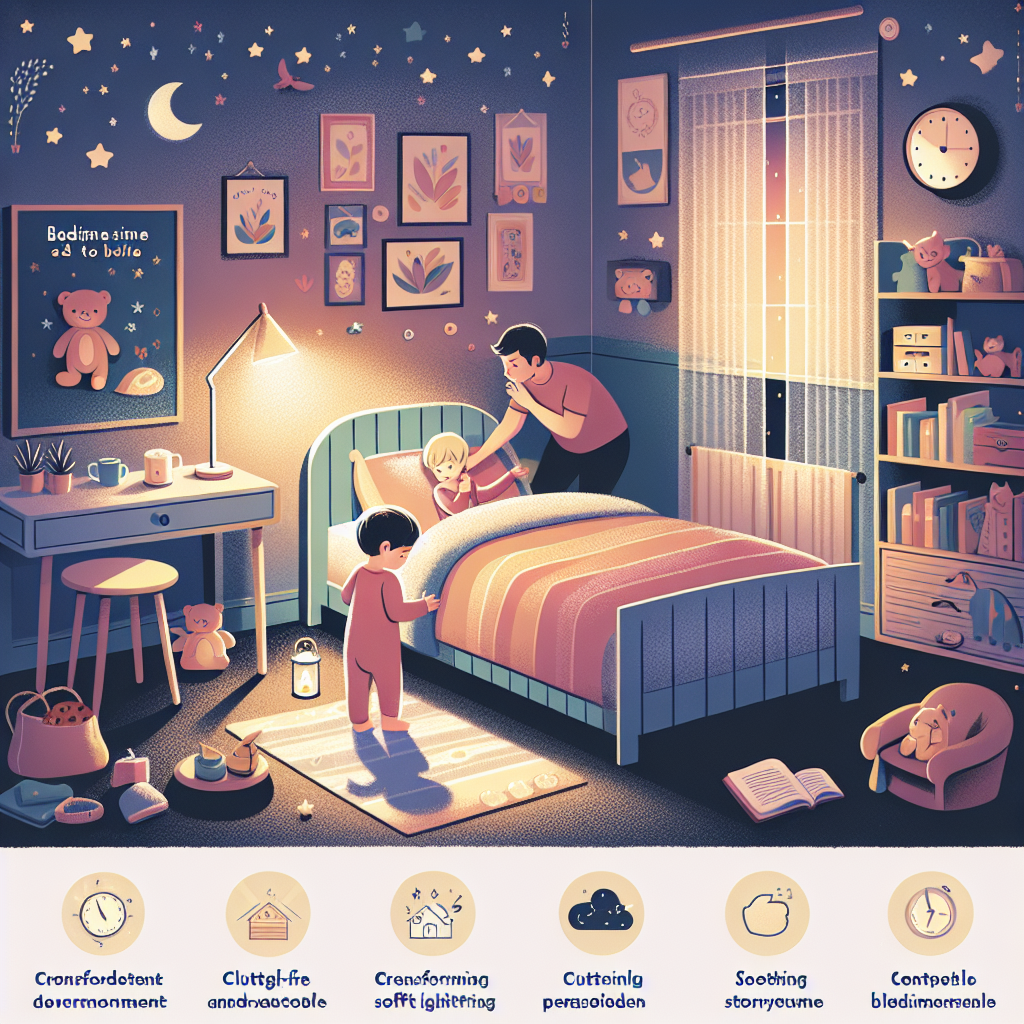10 Ways to Teach Your Baby to Sleep Alone
Sleeping independently is a major milestone in every child's development, but getting close to this goal can be challenging for both parents and little ones. We will cover different strategies that will help you teach children to sleep on their own, laying the foundation for healthy sleep habits.
Development of the Evening Routine
Establishing a consistent evening routine is crucial to any plan to teach your child to sleep on their own. Activities such as a warm bath, reading a story or lullabies create strong signals to the body that it is time to rest. The routine should be pleasant and soothing, preparing the child for sleep.
Creating the Ideal Sleep Environment
The child's room should be a sanctuary of sleep. Make sure it's dark, quiet and at a comfortable temperature. You can use sleep toys that project stars onto the ceiling or emit white noises to help little ones feel safe and comfortable.
Daytime Independence
Independence is not only about sleeping alone at night. Encourage your child to play alone and make independent choices during the day. This autonomy will give him the confidence to feel good when it comes to sleep too.
"Ferberization" technique
The "Ferberizing" method, or "controlled crying," involves letting the baby cry for short periods of time before going into the room to soothe it. Along the way, these intervals increase. It is important to maintain consistency and have a clear understanding of the method before attempting this technique.
The Chair Method
The alternative to "Ferberization" is the "Chair" method. This involves sitting in a chair next to the child's bed until the child falls asleep, moving the chair a little further each night until the parent is out of the room.
"Fading" method
The "Fading" method aims to reduce the help you give your child to fall asleep. For example, if you're used to rocking him to sleep, start putting him to bed when he's sleepy but still awake and gradually reduce the amount of rocking needed.
Conditioned Sleep
Positioning a certain object, such as a blanket or a toy, as a positive association with sleep can help babies make the transition to sleeping on their own. This sleep aid gives your child the confidence and comfort they need to fall asleep on their own.
Removal of Unwanted Associations
If your child has become accustomed to only falling asleep if fed, held, or if the parent is present, you will need to gradually remove these associations. Replace them with other habits that can be maintained consistently to teach the child to fall asleep on his own.
Consistency and Patience
Regardless of the method chosen, the key to success is consistency and patience. Changes in sleep patterns can take days to weeks and require commitment from parents to maintain a consistent approach.
Connecting with the Child
Before you put him to sleep, spend some quality time with your baby. This will reassure them that they are loved and safe, making them more likely to accept sleeping alone.
Conclusion
Teaching a baby to sleep alone is a process that takes time, patience and consistency. Embracing an evening routine, creating a comfortable sleep environment, and using self-learning sleep techniques are some of the methods that can ease this transition. Remember that every child is unique and what works for one may not be effective for another. Stay open and flexible, ready to adjust your approach as you learn what works best for your child.














































































































































